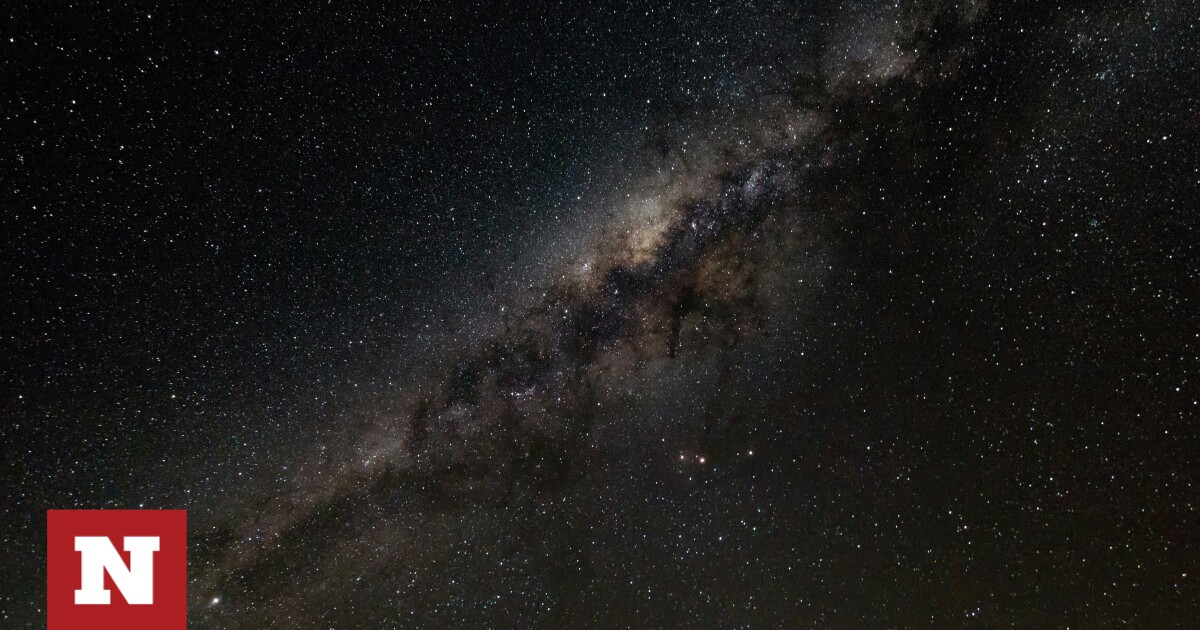
The Kuiper Belt, the Oort Cloud, and new insights from NASA's Voyagers 1 and 2 about our solar system
Have you ever wondered where the edge of the solar system is and what's there?
Outside the solar system lie vast, cold, dark regions that were once shrouded in mystery. Now, scientists have discovered several worlds left over from the early days of the solar system, a “barrier” that protects us from harmful interstellar particles, and a giant cloud filled with icy objects.
Right now, NASA's Voyager 1 and 2 spacecraft and the New Horizons spacecraft are traveling to these uncharted regions, giving Earth a glimpse of worlds beyond our cosmic neighborhood.
The Kuiper Belt is a huge ring-shaped region located outside the orbit of Neptune. The main belt extends from 30 to 50 AU, with a thinner, scattered disk extending to 1,000 AU. It consists of dwarf planets, comets, and pieces of rock and ice. It is similar to the asteroid belt, but 20 to 100 times larger.
To date, more than 2,000 Kuiper Belt Objects (KBOs) have been recorded, but this number may only represent the beginning, as it is estimated that there are hundreds of thousands of larger ones with a diameter of at least 100 kilometers or larger.
Many Kuiper belt objects have moons or much smaller objects orbiting them. Pluto, Eris, Haumea, and Quar are objects with their own moons.
NASA's New Horizons spacecraft was the first spacecraft to visit an object in the Kuiper Belt at the edge of the solar system when it flew by Pluto and its moons in 2015.
As we travel further, to the edge of the solar system beyond Pluto, we reach the Oort Cloud. It is believed to be a giant bubble surrounding the Sun, planets and the Kuiper Belt, and is made up of billions, if not trillions, of objects that include comet-like objects to possible dwarf planets. It is named after the Dutch astronomer Jan Oort.
Among the notable objects thought to have moved from the Oort Cloud into the solar system is Comet Hale-Bopp, which passed within 125 million miles of Earth and was visible to the naked eye in 1996 and 1997. Halley's Comet, which moves backwards around the sun every 76 years, was last seen in our skies in 1986.
The Oort Cloud is incredibly distant. According to NASA, its inner edge is between 2,000 and 5,000 AU from the Sun (one AU is about 150 million km), while its outer edge is perhaps 10,000 to 100,000 AU, roughly half the distance between the Sun and the nearest star. .
*With information from skyatnight magazine
Related news

“Total alcohol fanatic. Coffee junkie. Amateur twitter evangelist. Wannabe zombie enthusiast.”





More Stories
Is this what the PS5 Pro will look like? (Image)
Finally, Windows 11 24H2 update significantly boosts AMD Ryzen – Windows 11 performance
Heart Surgeon Reveals The 4 Things He ‘Totally Avoids’ In His Life